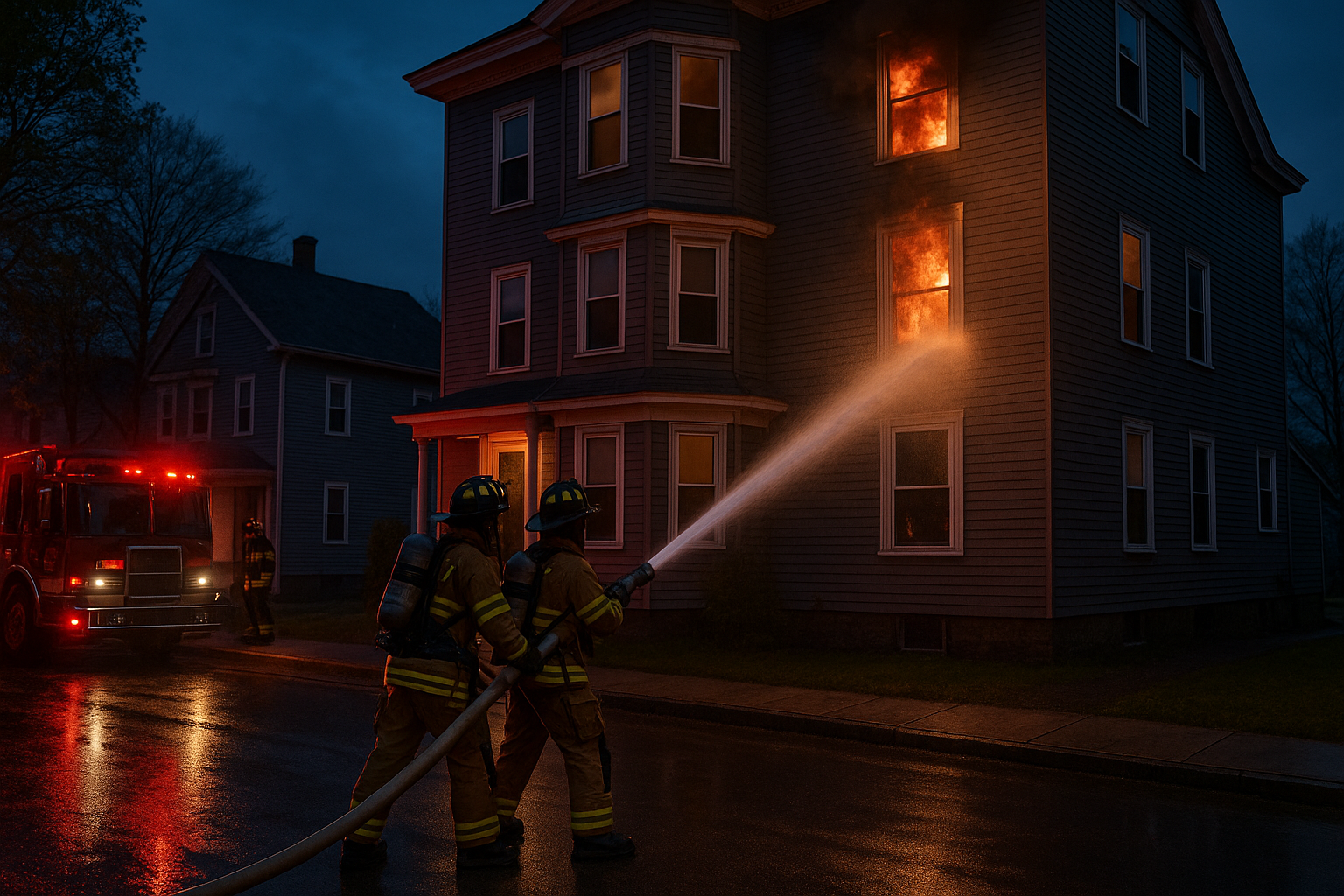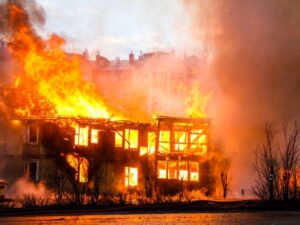On April 22, 2025, a two-alarm fire tore through a six-unit building on John Street in Pittsfield, MA, displacing four residents and pulling every on-duty firefighter to the scene. No one was hurt, but the event highlights how thorny insurance can become when several households share the same structure.
1. What Happened—and Why It Matters
-
Fast-moving flames erupted in a first-floor apartment; within minutes, thick black smoke rolled out of the second-floor windows.
-
Utilities were shut off and the Red Cross arranged emergency housing.
-
The cause is still under investigation—so questions of fault, and coverage, remain.
Whenever a multi-family property burns, three separate interests collide: the landlord’s building policy, each tenant’s contents policy, and any common-area or liability coverage. If even one piece is mishandled, everyone’s payout can shrink.
2. Immediate Action Checklist (Day 0–1)
-
Notify every carrier immediately. The landlord and each tenant should open a claim the same day; this starts the file, sets a reserve, and proves timeliness.
-
Secure the scene. The landlord should arrange board-ups, temporary fencing, or roof tarps to keep out weather and trespassers; insurers can deny “subsequent damage” if you don’t.
-
Request Additional Living Expenses (ALE). Tenants should ask for an advance to cover hotels and meals now rather than waiting for reimbursement.
-
Document everything before cleanup. Photograph each room, appliance, and personal item prior to debris removal; clear images head off “pre-existing damage” disputes down the line.
3. Documentation Deep-Dive
-
Security-camera video establishes timelines.
-
Lease agreements clarify who’s responsible for which repairs.
-
Building-department reports often prove code-upgrade requirements—vital when a 100-year-old triple-decker suddenly needs sprinklers or rewired panels.
4. Unique Pain Points in Multi-Unit Fire Claims
-
Competing adjusters. The landlord’s carrier may blame tenant negligence; renters insurers may allege faulty wiring.
-
Under-funded Ordinance & Law coverage. Many New England landlords carry only 10 %—half of what major code upgrades cost.
-
Water, smoke, and fire overlap. Different sub-limits and deductibles can apply, making the scope-of-damage argument a mini-trial.
5. How Fire Claims Solutions Adds Value
-
Centralized claim management: We align contractor scopes so no carrier can cherry-pick line items.
-
Rapid contents inventories: Our Room-Scan templates create tenant possession lists in hours, not days.
-
Code-upgrade advocacy: We compile permitting histories and city-council minutes to justify higher Ordinance & Law payouts.
6. Key Takeaways
-
A multi-unit blaze triggers at least three policies—keep timelines and paperwork crystal clear.
-
Never accept the first advance payment; reserves should rise as hidden damage emerges.
-
A public adjuster coordinates landlord-tenant interests and speeds everyone’s path back home.
Fire Claims Solutions has guided New England landlords and renters through countless large-loss claims. If you’ve suffered a similar fire—whether in Pittsfield or anywhere in the region—reach out for a free, no-pressure policy review.




